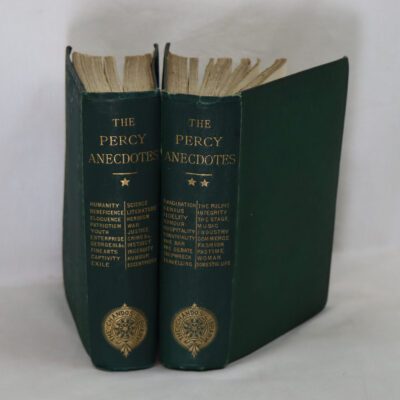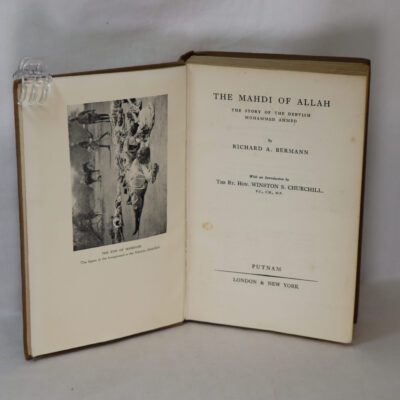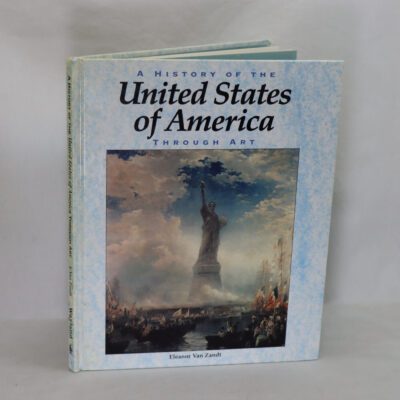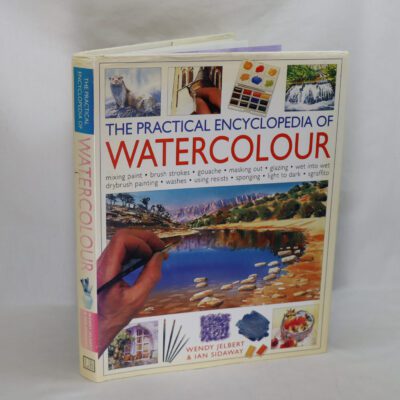Nomads of the Wind.
By Peter Crawford
ISBN: 9780563367079
Printed: 1993
Publisher: BBC Books. London
| Dimensions | 20 × 25 × 2.5 cm |
|---|---|
| Language |
Language: English
Size (cminches): 20 x 25 x 2.5
Condition: Fine (See explanation of ratings)
Your items
Item information
Description
In the original dustsheet. Grey cloth binding with gilt title on the spine.
F.B.A. provides an in-depth photographic presentation of this item to stimulate your feeling and touch. More traditional book descriptions are immediately available.
Accompanying a BBC2 series, this book tells the story of the Polynesians, a tenacious, voyaging people who sailed across the Pacific Ocean and discovered the paradise islands of the South Seas. Using the power of the wind and navigating by the stars, they crossed thousands of miles of open ocean in search of new lands such as Tahiti, Samoa and New Zealand. The book explores the colourful plant and animal life which, like the Polynesians themselves, settled every speck of land in this extraordinary island world. From coral atolls alive with sharks and reef fish, to lush rain forests teeming with exotic plants, birds and insects, the islands of Polynesia have an intriguing natural history.
Review: When I read this book, I was looking for a detailed account of the natural history of the south pacific-the people, cultures, places, maps, archaeology, geology, biogeography, and so on. This book is very good, but not by any means exhaustive-its 11 chapters provide a useful overview of natural history, initial Polynesian and then European discovery, and the various cultures of the Tahitian islands (chapters 1-2), the Fijian group (3), the Tongan group (4), a chapter on Polynesian seafaring (5), the story of Fletcher Christian and the Bounty Mutineers (6), the Cook Islands (6), the Marquesas Islands (6-7), Easter Island (8), European Impact (9), Hawaii (9), New Zealand (10), and the future (11).
A strong point is the beautiful colour photographs and cultural depictions, however a notably weak point is the poorness of the maps. Often it is difficult to tell which islands belong to which particular “group” from the text, and the maps don’t help in this respect-they are very simplistic and look hand-drawn. These maps are in stark contrast to the beauty and extravagance of the colour photos of various wildlife, vistas and aerial photographs.
One of the best chapters is that on Easter Island with its stone statues, general cultural and natural history and subsequent decline. It is a little brief, but I found the archaeological accounts of it the islands cultural downfall particularly interesting. Basically, the ruling religious class (hanau eepe) are overthrown by a warrior class (matatoa) after the resource base of the island, and the cultural structure which depended on it, collapsed. By the time Europeans arrived in the 17th and 18th centuries, the island was already in warfare and decline.
Typical useful snippets include the taro root being found to contain natural flouride complexes by western science, which was discovered after someone researched why the Polynesians seemed to have such good teeth. After the connection was made, flouide was routinely introduced into toothpaste/water in western societies. The New Zealand Maoris had no pigs or chickens, unlike other Polynesians, probably because they were substituted by the now extinct Moa as a food source, after they first arrived in New Zealand. The presence of the sweet potato and other South American oddities suggests some natural or cultural influx from South America-either with seafarers from the east, by natural currents and winds (eg some lizards on Fiji, and South American trees on Easter Island), or by the Polynesians themselves who may have reached South America, but never settled there. Another bit of trivia is on page 84-it is an aerial colour shot of the island where Tom Hanks was marooned in the movie “Castaway”.
Overall quite a useful overview of the natural history of Polynesia, and beautifully illustrated, but not presented in any exhaustive detail.
Want to know more about this item?

Share this Page with a friend











